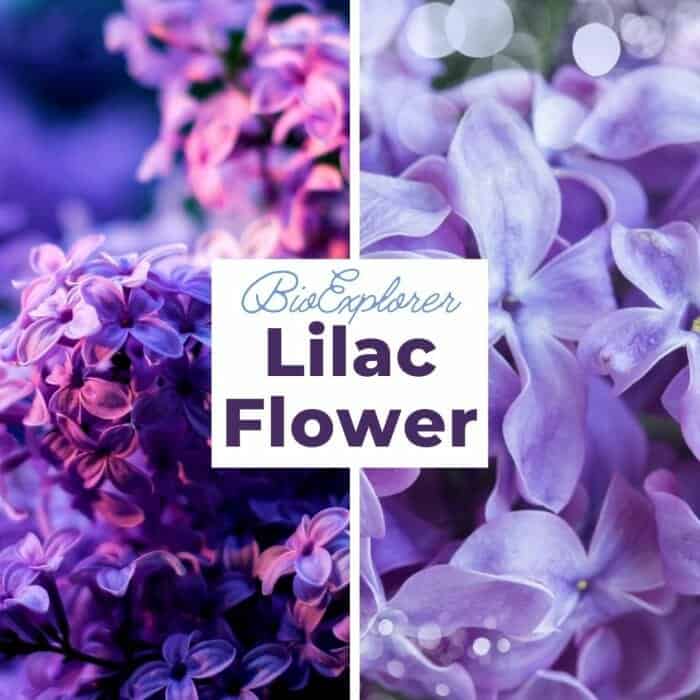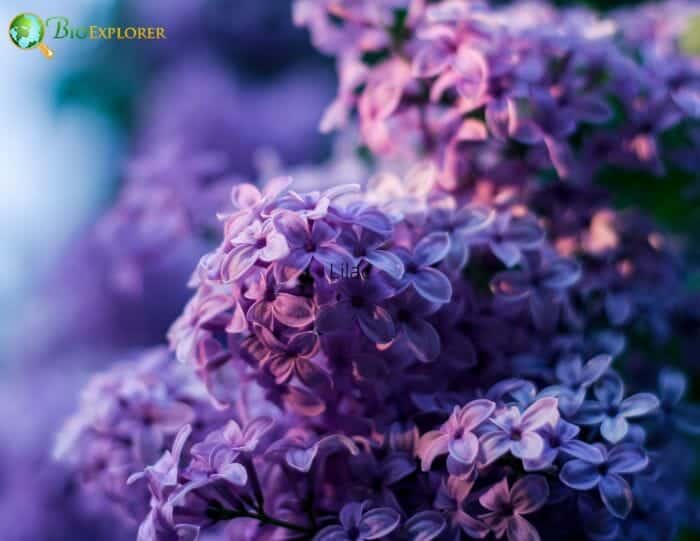Lilac

Known as “Queen of the Shrubs “, lilac is one of the most challenging and most fragrant flowering shrubs in many gardens today. You may recognize them as a flower in your grandmother’s garden.

That factor of nostalgia is probably one of the reasons they have grown in popularity over the past five years. Lilac (Syringa vulgaris) is one of the species of flowering plant in the Oleaceae (olive) family that is native to the forests and scrubland from eastern Asia to southeastern Europe.

Syringa is a genus of 12 recognized species[1] of woody flowering plants.

Lilac is a large, deciduous shrub or small multi-trunk tree that reaches 6 to 7 m (20 to 23 ft) in height. The leaves are simple, 2 to 5 inches (4 to 12 cm) and 3 to 8 cm wide, light green to blue-green, ovate to heart-shaped, with pinnate veins, a polygonal tip, and a full margin.

The leaves are arranged in opposing pairs or sometimes in threefold whorls. Lilac is easily recognized by its long, often conical panicles covered with small, tubular flowers. Its stem flowers are usually available in white, blue, purple, and pink colors, adding height and softness to any garden.
Cite this page
Bio Explorer. (2026, January 7). Lilac. https://www.bioexplorer.net/plants/flowers/lilac/
